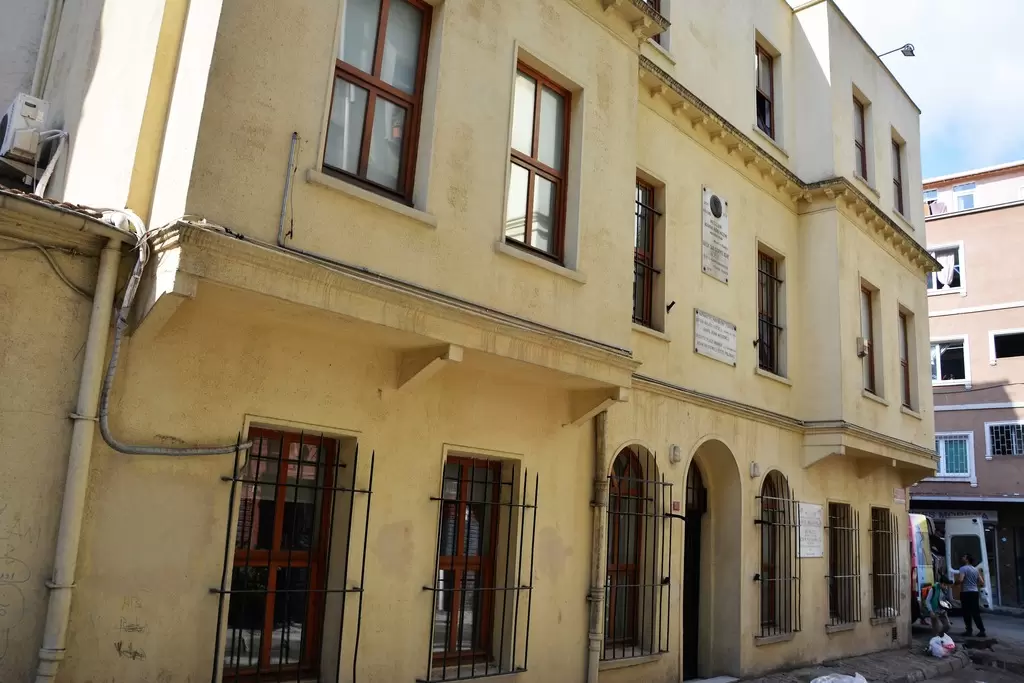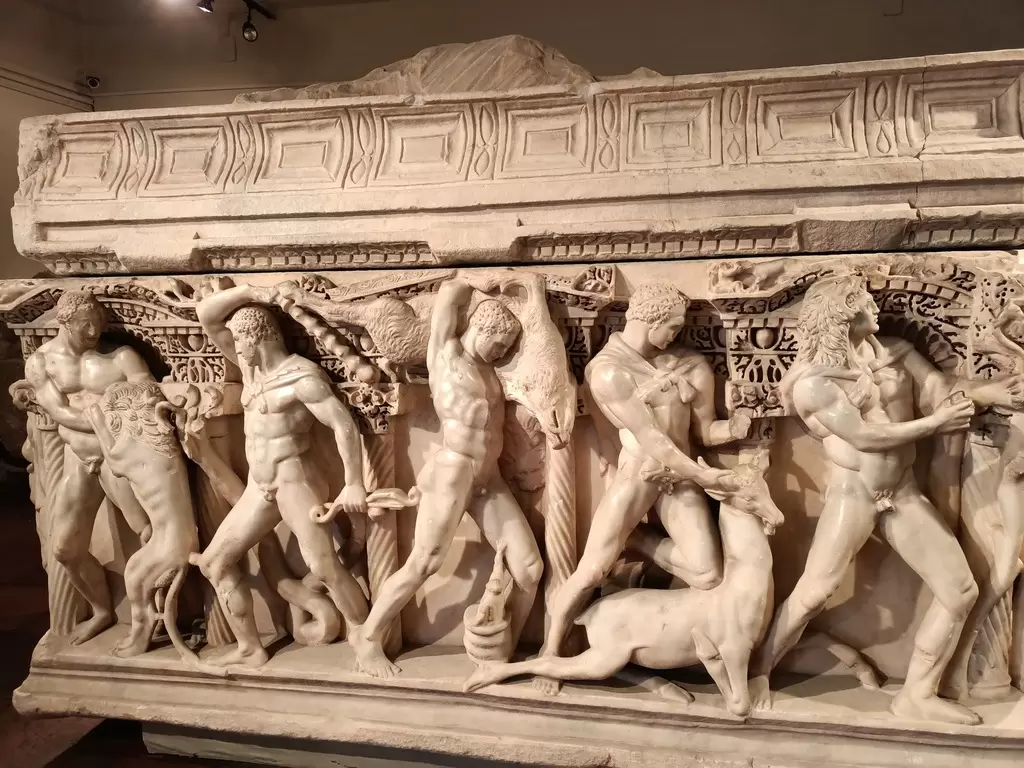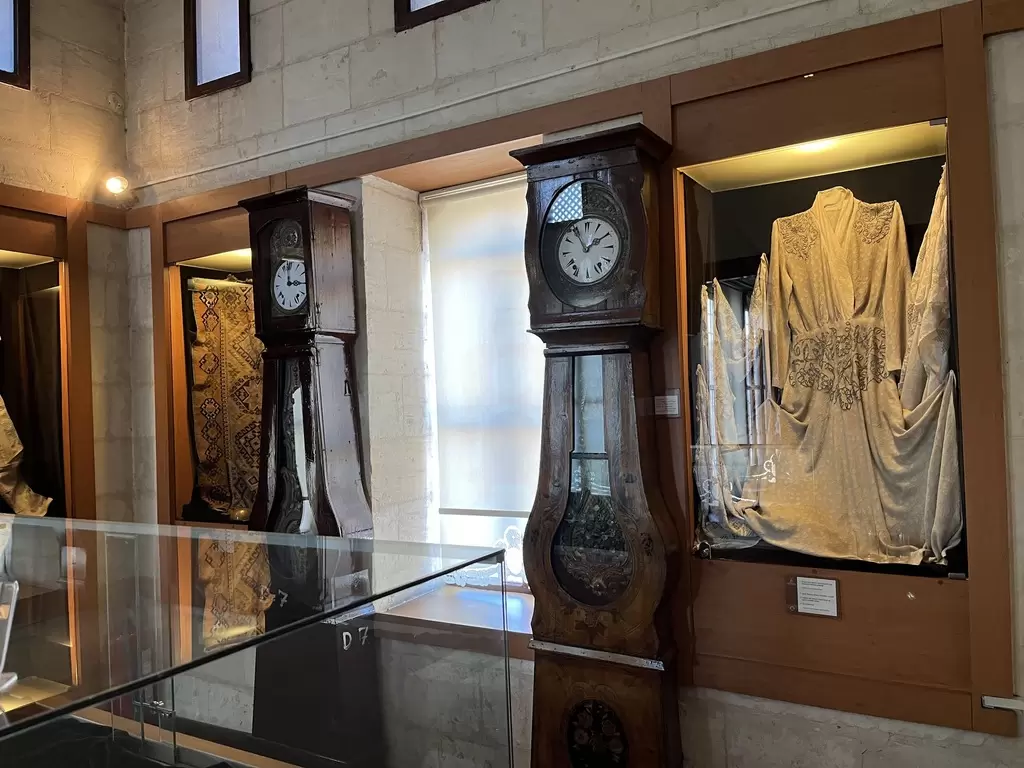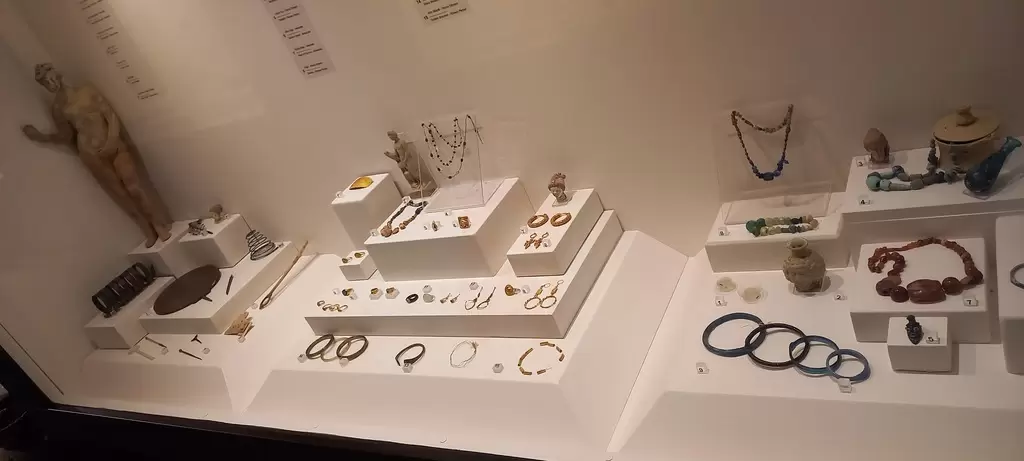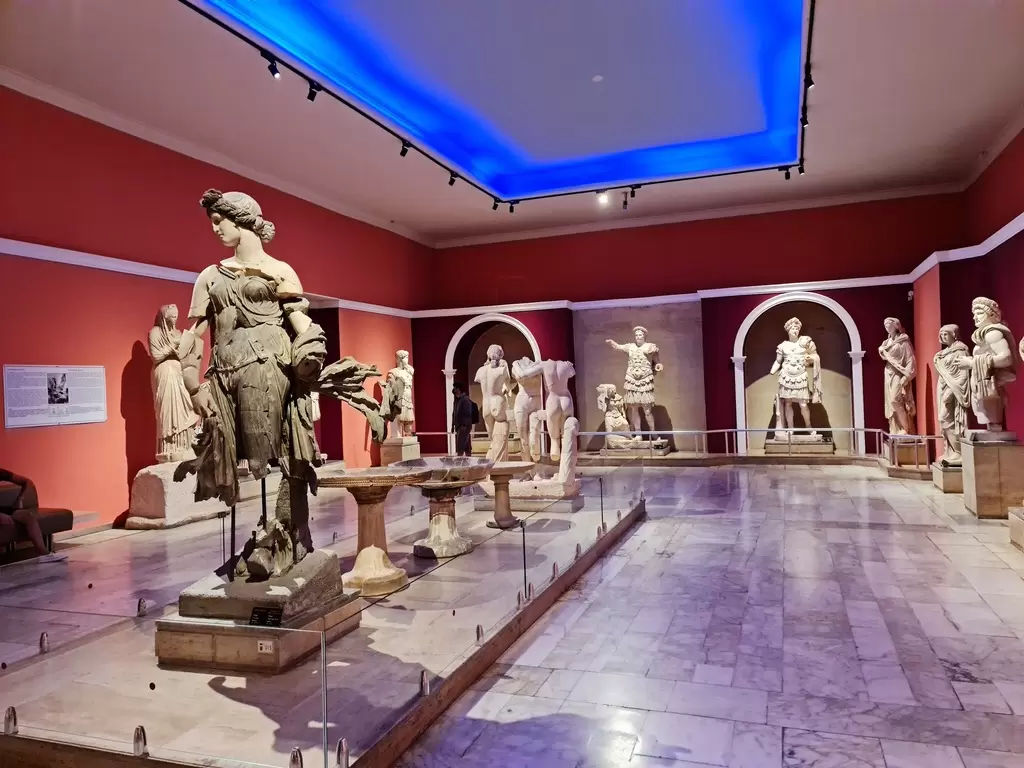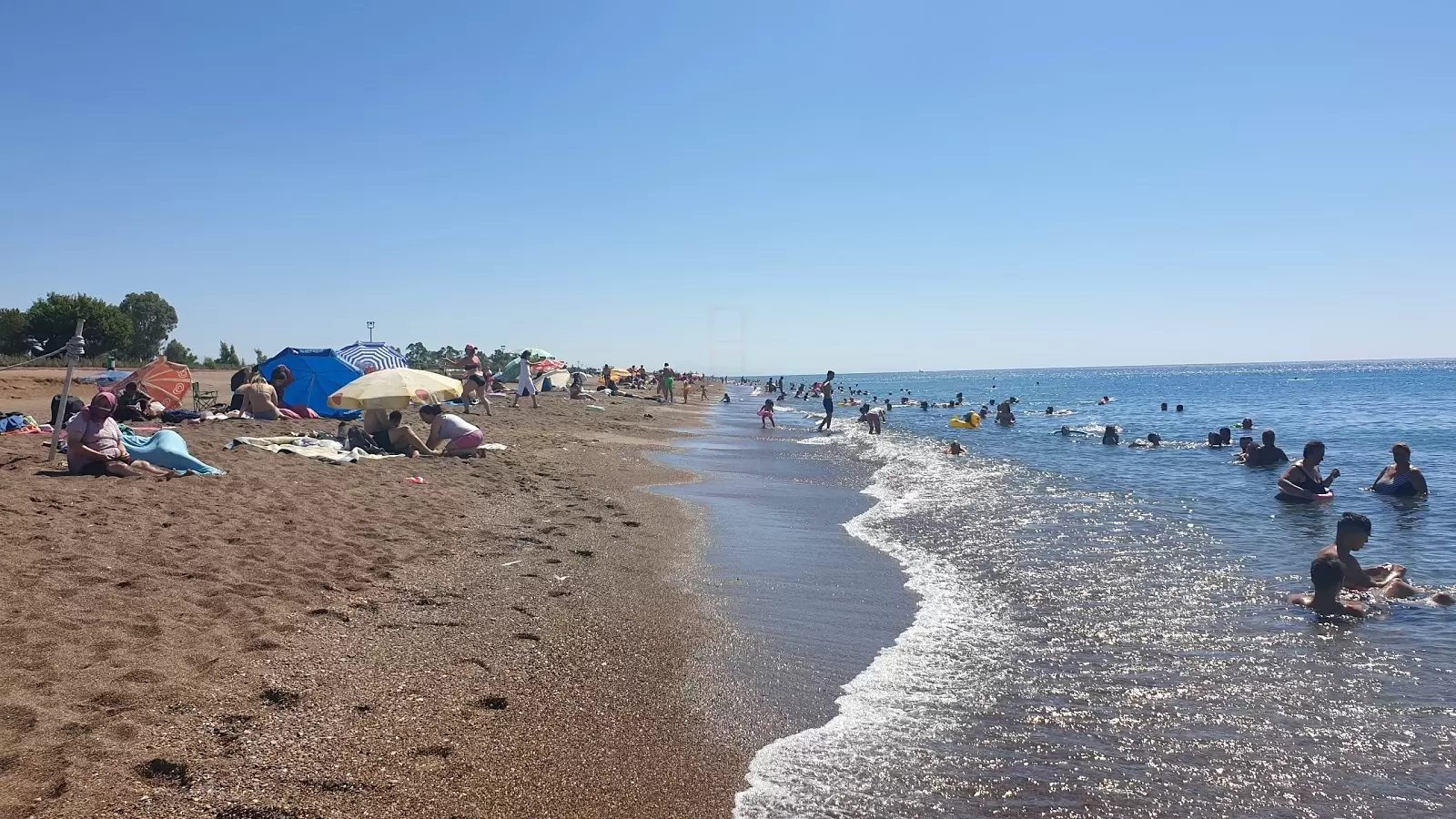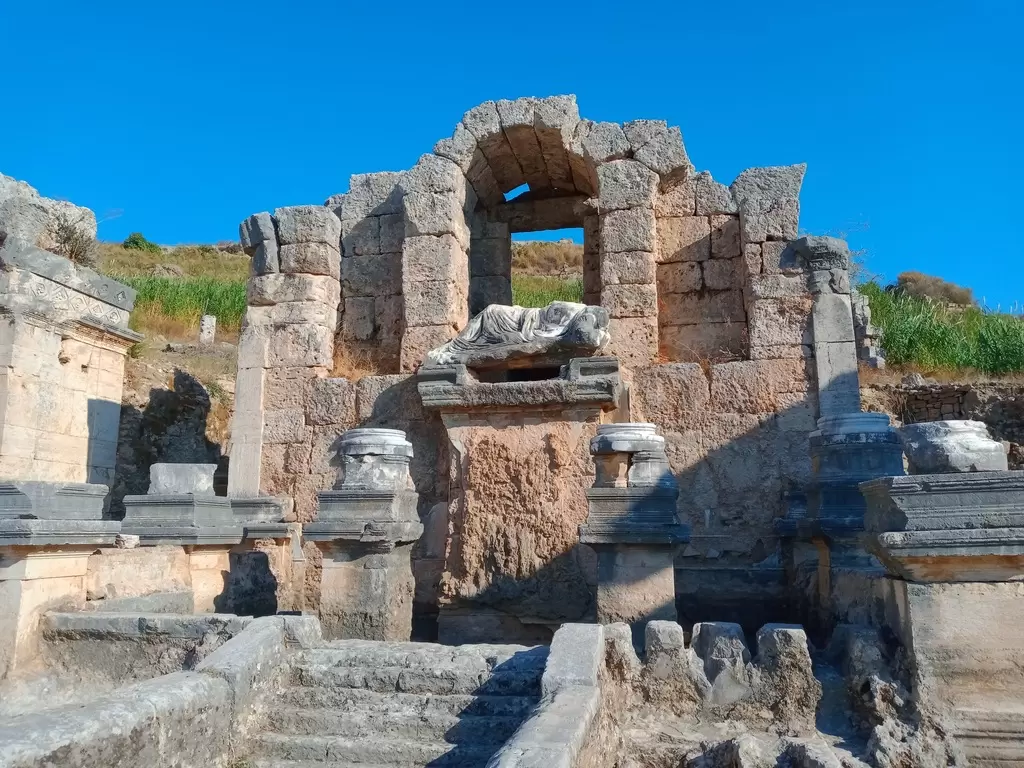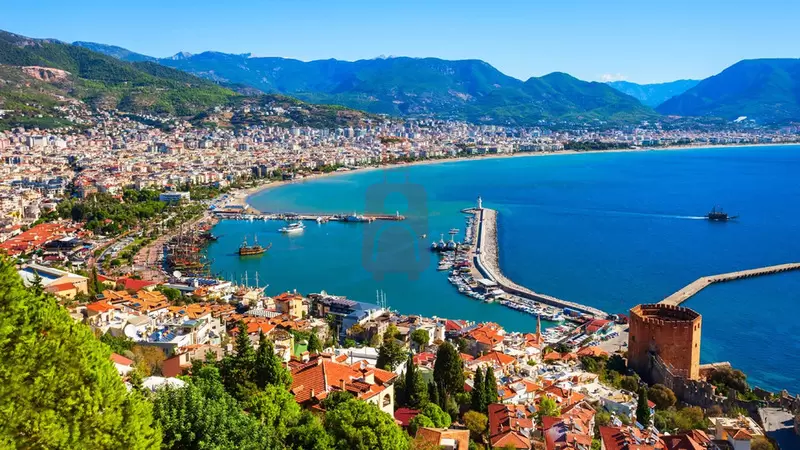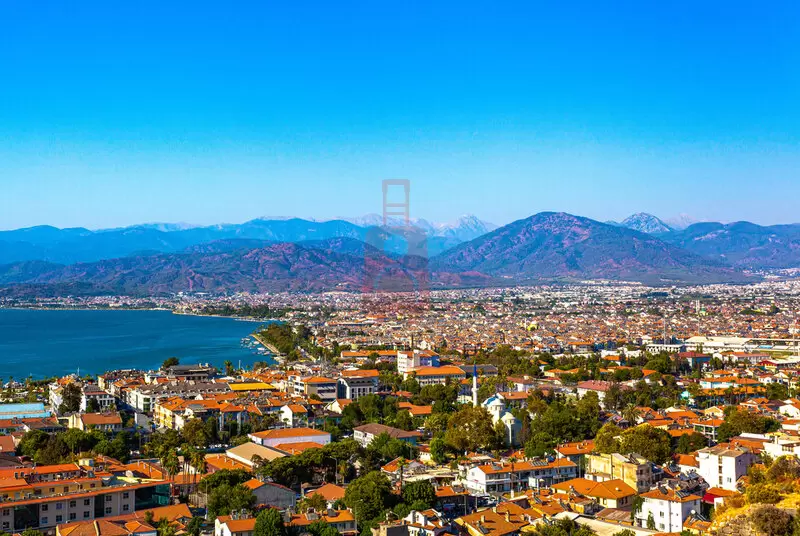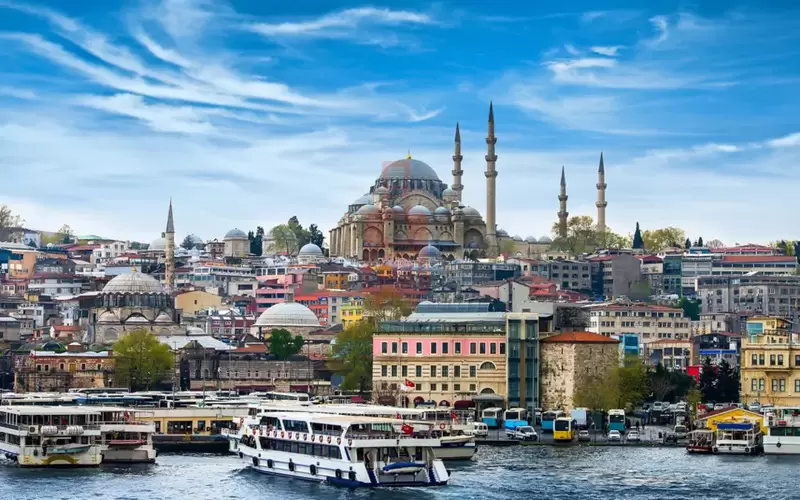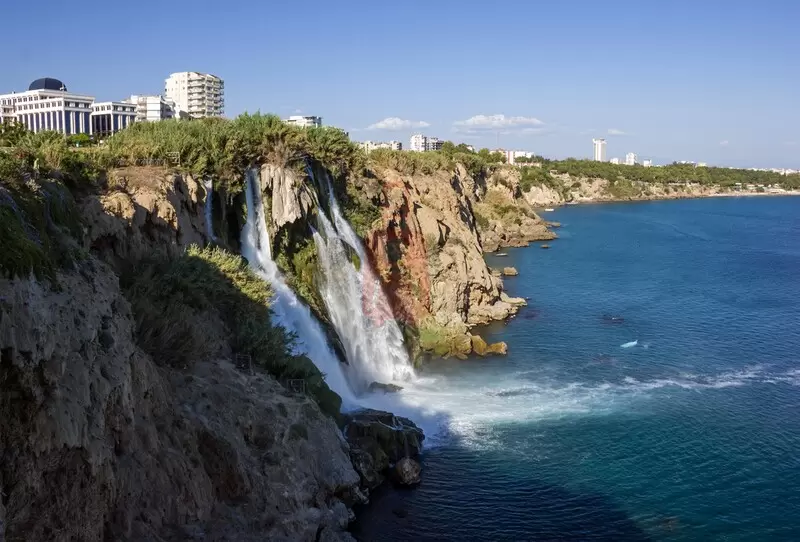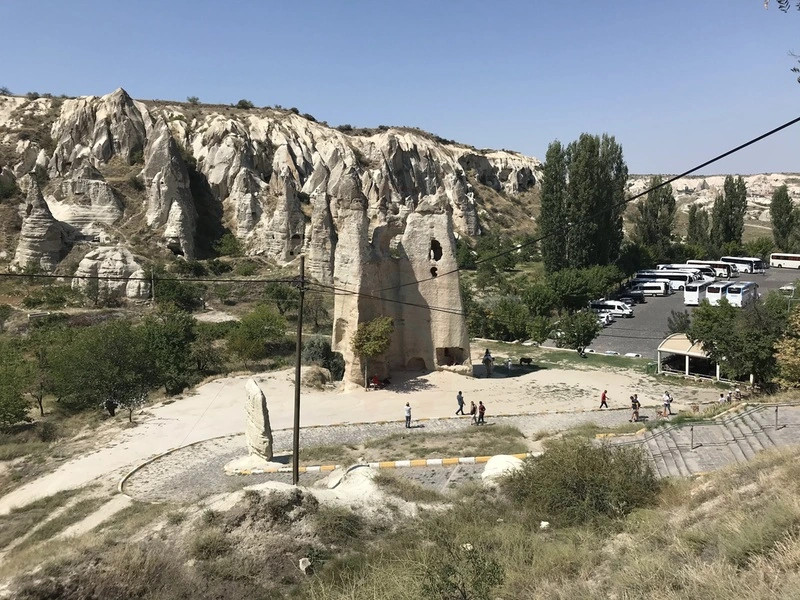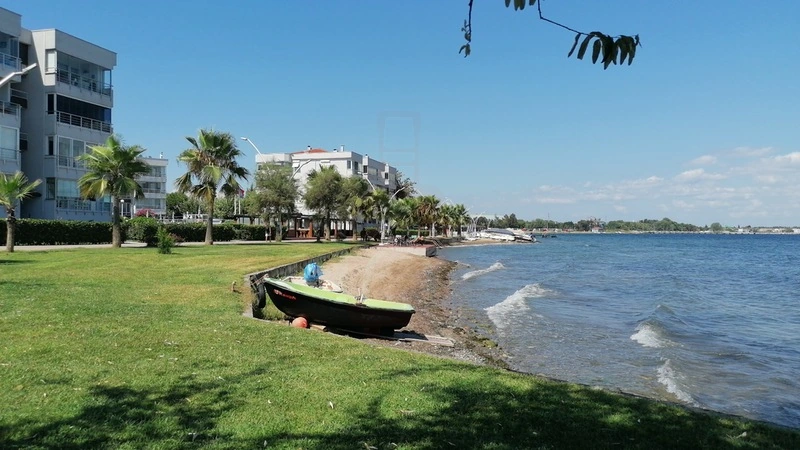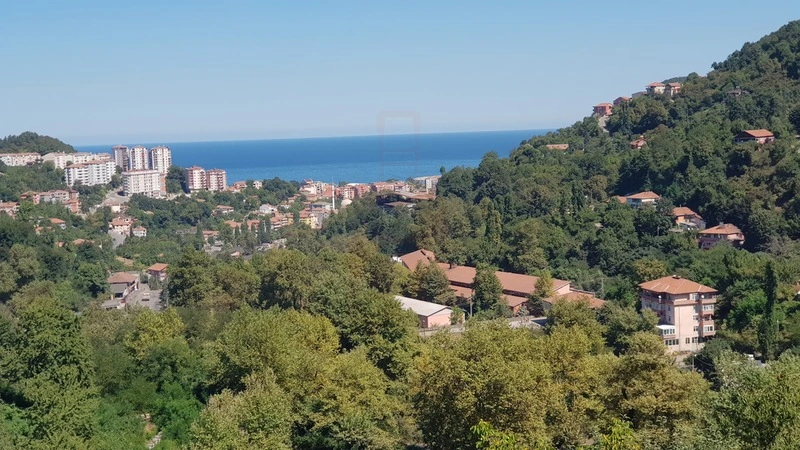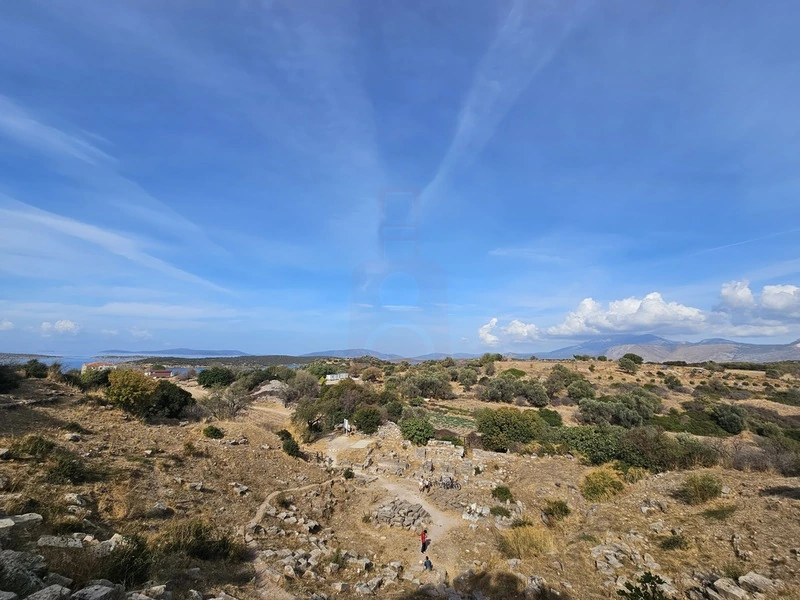Festivals and Cultural Events in Türkiye: A Year-Round Celebration of Heritage and Art
Türkiye is a vibrant nation where the past and present converge, not just in its ancient ruins, but in its calendar of [Festivals and Cultural Events]. A trip planned around these celebrations offers travelers a unique opportunity to move beyond the usual tourist sites and engage directly with the soul of the country—its music, cuisine, history, and deeply rooted traditions. From international film showcases and contemporary art biennials to centuries-old spiritual ceremonies and nomadic gatherings, Türkiye hosts a continuous stream of events that enrich any itinerary.
As your professional guide, I highlight that these events are essential for experiencing the true warmth and diversity of Turkish culture. They provide unforgettable moments, whether you are in the cosmopolitan heart of [Istanbul] or a quiet town in Anatolia. This comprehensive guide covers the key events, their unique context, and the best time to visit.
I. Global Showcase: Arts, Film, and Modern Culture in Istanbul
As a global hub, [Istanbul] leads the cultural charge, hosting international events that draw artists and audiences from around the world. These events are crucial for understanding Türkiye's modern, cosmopolitan face.
Istanbul Biennial and Contemporary Art
Every two years, the [Istanbul Biennial] transforms the city into one of the most dynamic centers of the contemporary art world. Held in odd-numbered years (e.g., 2025, 2027), this event is not confined to traditional museums; instead, art installations and exhibitions pop up in historic venues, abandoned buildings, and public spaces across the [Asian and European sides] of the city. Attending the Biennial offers a unique chance to view world-class modern art set against the backdrop of ancient architecture, providing a powerful contrast between the timeless and the contemporary.
Istanbul Culture and Art Festival (İKSV)
Organized by the Istanbul Foundation for Culture and Arts, the [Istanbul Culture and Art Festival] is a massive umbrella event that spans film, theatre, music, and jazz. The most famous components include the [Istanbul Film Festival] (typically April) and the [Istanbul Jazz Festival] (typically July). These events feature international luminaries and Turkish artists, offering performances in iconic venues ranging from the [Hagia Eirene Church] to the [Cemal Reşit Rey Concert Hall].
Tulip Festival (Lale Festivali)
Held every [April], the [Istanbul Tulip Festival] celebrates the historical Ottoman connection to the tulip. Millions of tulips are planted across the city's parks, most spectacularly in [Emirgan Park] and [Gülhane Park]. This visual feast transforms the city, marking the full arrival of spring and offering dazzling photo opportunities and a joyful atmosphere.
II. Anatolia's Spiritual and Historical Rhythms
Central Anatolia hosts events steeped in spirituality, history, and traditions that predate the modern Turkish Republic.
Mevlana Rumi Whirling Dervishes Ceremonies (Konya)
One of the world's most evocative spiritual events is the [Seb-i Arus] (The Wedding Night) ceremony held annually in [Konya] during the first two weeks of [December]. This ceremony commemorates the death of the great Sufi poet and philosopher [Mevlana Celaleddin Rumi], whom his followers consider a reunion with God. The [Whirling Dervishes] perform the Semâ in a mesmerizing ritual that symbolizes the soul's journey toward divine love. Experiencing this mystical event in Rumi’s adopted hometown is a profound [spiritual and cultural pilgrimage].
Cappadocia Balloon and Cultural Festivals
While balloons are a daily spectacle in [Kapadokya], the region hosts annual festivals that celebrate its unique volcanic culture. The [Cappadocia Balloon Festival] often features spectacular balloon shapes, night glows, and aerial shows. Additionally, local festivals showcase the region’s traditional food, wine, and pottery—art forms preserved since the Hittite era in towns like [Avanos].
Gaziantep Gastronomy Festival (GastroAntep)
Türkiye’s cuisine is a form of cultural expression, and nowhere is this more true than in [Gaziantep], a UNESCO Creative City of Gastronomy. The [GastroAntep Festival] (typically held in [September]) is a multi-day celebration featuring master classes, food stalls, and cooking competitions centered around the region's famous pistachios, kebabs, and baklava. It's a non-stop, high-energy event that is essential for any serious foodie traveler.
III. Coastal and Nomadic Traditions
Along the coast and in the mountains, events center on community, heritage, and the relationship between nature and tradition.
The Oil Wrestling (Yağlı Güreş) Championships
The annual [Kırkpınar Oil Wrestling] festival in [Edirne] is one of the world's oldest continually running sports tournaments, tracing its origins back to the Ottoman era. Held every [July], this week-long event gathers hundreds of wrestlers who compete while covered in olive oil. It is a powerful display of cultural heritage, athleticism, and regional pride, designated an Intangible Cultural Heritage by UNESCO.
International Sand Sculpture Festival (Antalya)
For a unique modern cultural attraction, [Antalya] hosts the annual [International Sand Sculpture Festival] on [Lara Beach]. Running throughout the summer, it showcases enormous, incredibly detailed temporary sculptures created by international artists using only sand and water. The subjects often blend historical themes (like the mythology of the nearby [Perge] or [Aspendos] ancient cities) with contemporary art, offering a fascinating visual feast under the Mediterranean sun.
Nomadic (Yörük) Festivals
Throughout the [Taurus Mountains] (particularly near Antalya and Muğla), local communities host [Yörük Festivals] (Nomadic Festivals), typically in the [Spring] before the summer heat. These gatherings celebrate the traditional lifestyle of the Anatolian nomads, featuring authentic costumes, folk music, traditional dances, and displays of horsemanship. These events offer a rare, authentic look at Türkiye’s deep rural roots and its diverse ethnic tapestry.
Planning Your Cultural Journey
Successfully navigating Türkiye's festivals requires pre-planning, as accommodations and transportation sell out quickly during major events.
- Booking: Secure your accommodation well in advance, especially for the [Seb-i Arus] and [Kırkpınar] events.
- Flexibility: While major events are fixed, many local village festivals occur based on harvest times or religious holidays. Consult local tourism offices for precise dates for events in regions like the [Aegean] or [Black Sea].
- Transport: For multi-city tours, utilize Türkiye's excellent domestic flight network, but rely on intercity buses (otobüs) for accessing smaller towns like [Divriği] (for its UNESCO mosque, which holds high cultural significance) or [Safranbolu] (famous for its preserved Ottoman architecture).
A festival-focused trip turns passive tourism into active participation, allowing you to connect with the living history and exuberant artistry that truly defines Türkiye.
